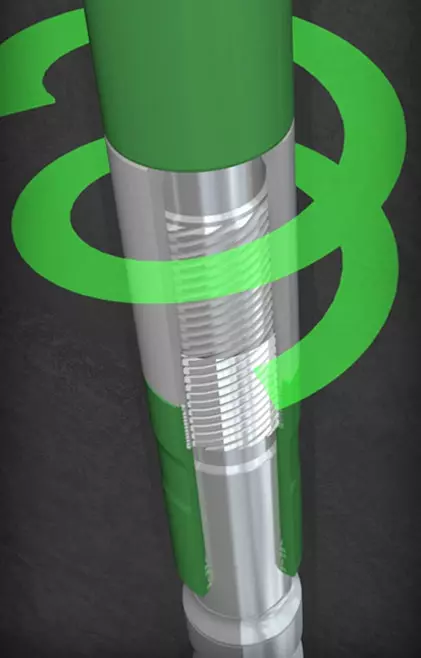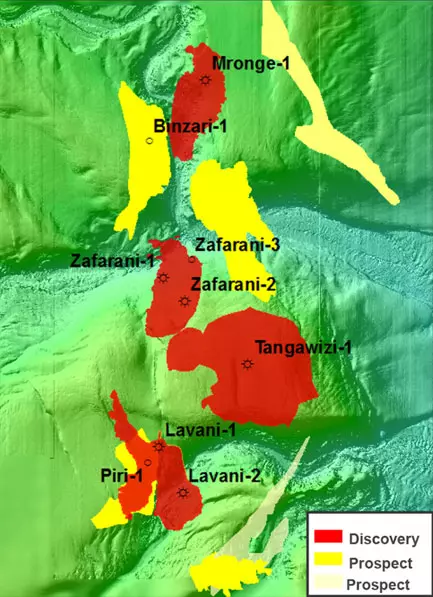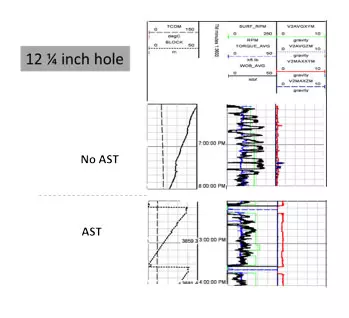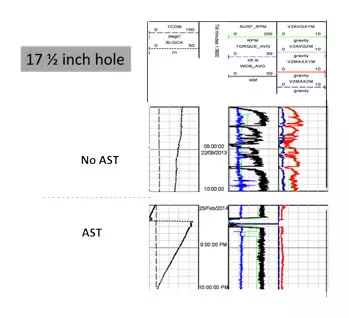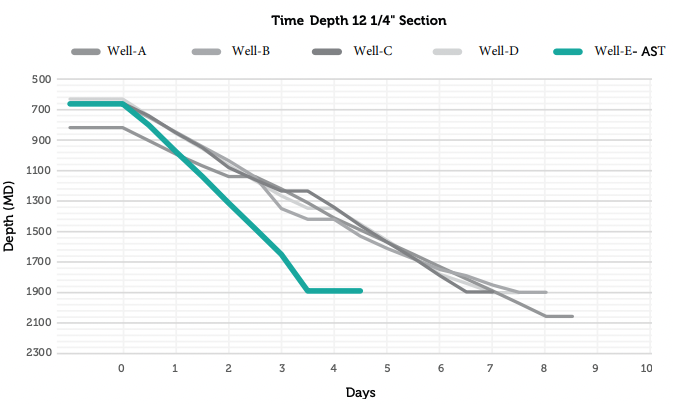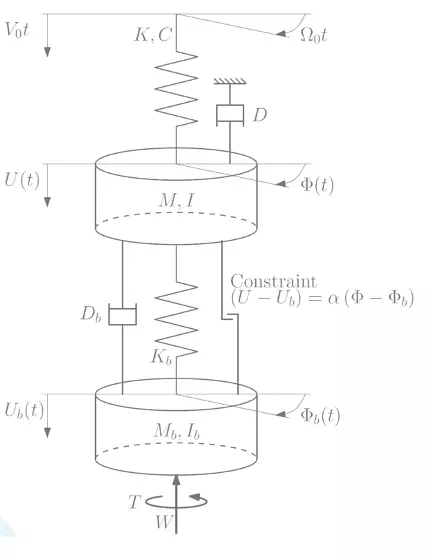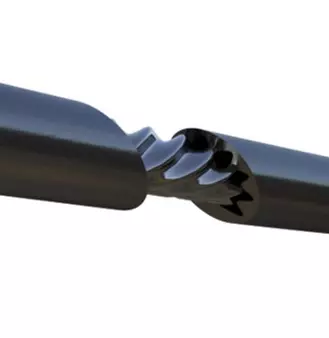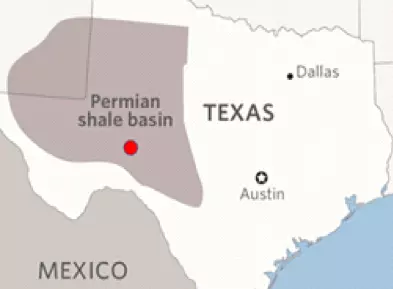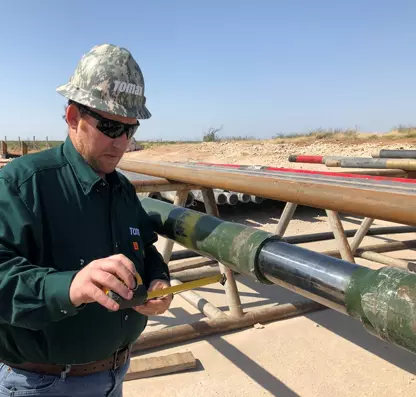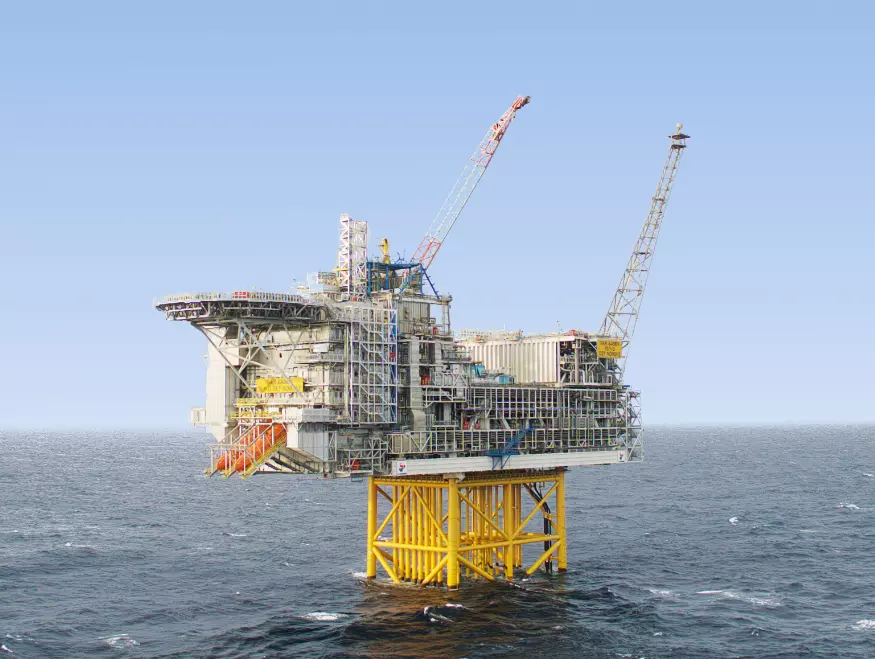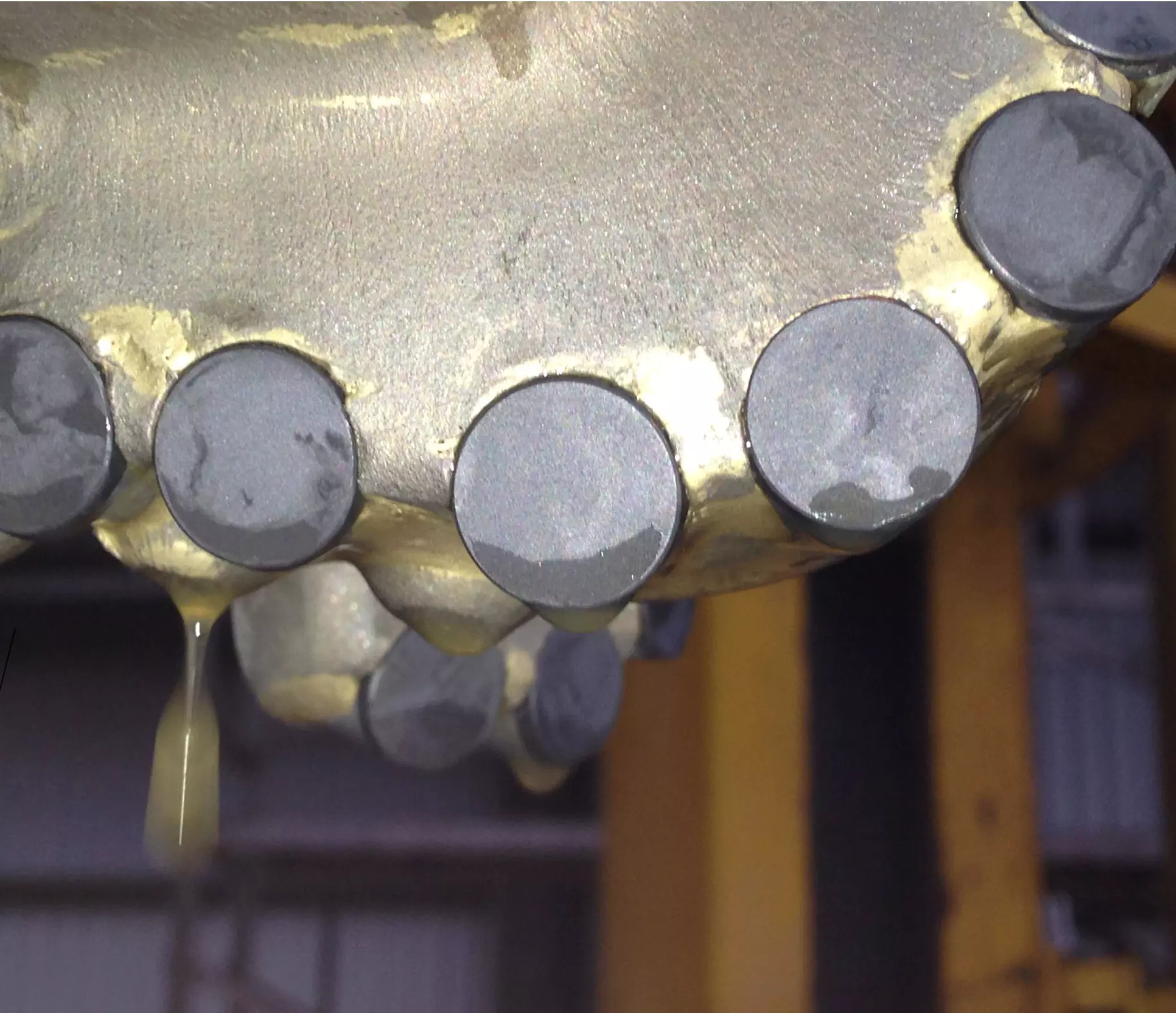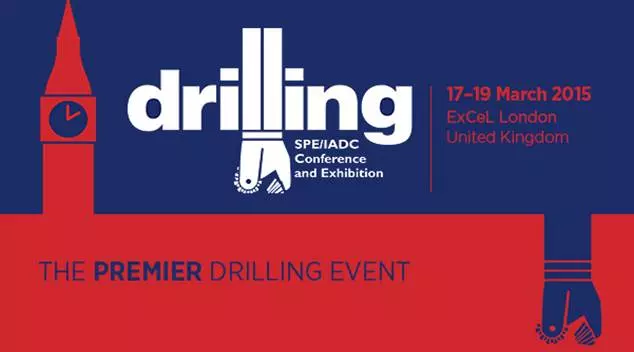Deepwater exploration from large drillships is on the rise. These vessels offer great benefits in terms of mobility and capacity but, from a drilling perspective, they may sometimes present challenging motion characteristics that are transmitted all the way to the bottom of the hole.
The Anti Stick-slip Tool (AST) from Tomax has the capability to counteract the effect of heave induced motions. The Norwegian operator Statoil was the first to deploy AST technology to better deal with heave while drilling in deepwater, GOM in 2010. The use of AST has since spread to other deepwater regions. This report presents data from a recent Statoil deepwater campaign offshore Tanzania, where a series of wells have been drilled with comparable formation characteristics between the wells and where some wells for logistic reasons have been drilled without AST. The relative locations and well names are shown in Figure 2.
FACTS
Tool
9 ½” and 6 ¾” XB-AST
Country
Tanzania
Field
Offshore exploration
Section
17 ½, 12 ¼ and 8 ½” vertical
BHA
Bit – RSS – MWD – AST
Results
Figure 1 shows the internal part of the AST. The spring-loaded, telescopic layout prevents the axial inertia in severe drill-string motions, or heave, from overloading the drill-bit. An internal helix tracks the telescopic motion in a way that simultaneously causes the rotary torque to further relieve the load on the cutters to prevent stalling at the point of impact. This principle makes it possible to lower the bit – and under-reamers – to commence drilling even in bad weather. The same function also makes the system more “forgiving” and easier to keep continuously loaded. Figures 3a and 3b show comparative log data from 17 ½” and 12 ¼” sections, to exemplify how the AST makes it easy to maintain a continuous WOB and steady torque, while the opposite is the case without the AST. Without AST the driller need to set the WOB with enough margins to allow for additional heave induced loads without stalling the drillbit.
Steady feed means optimal cutting and a fast ROP. The left hand track in the log data in the same figures 3a and 3b show the strong, consistent effect continuous loading has on how fast the block is descending, i.e.ROP. In fact, the drilling times are halved. Of course, certain other factors outside of the AST are also optimized and influence these parameters. It is however notable that data collected without the AST in this case are more recent than the AST data.
Value
The faster ROP provided by the Anti Stick-slip Tool yields a large cost-saving. In this case it may be as much as half the drilling time or up to USD 10 million per well, depending on the spread rate. In addition comes the value from reduced open-hole exposure and elimination of axial overload that is important to minimize the operational risk where under-reaming is an option.
